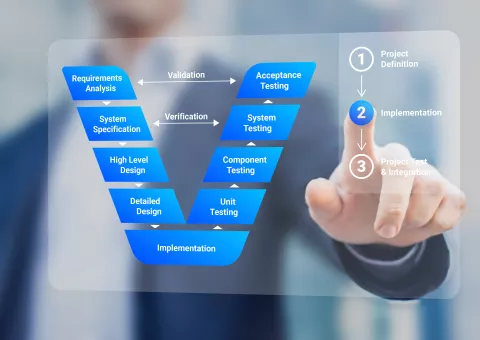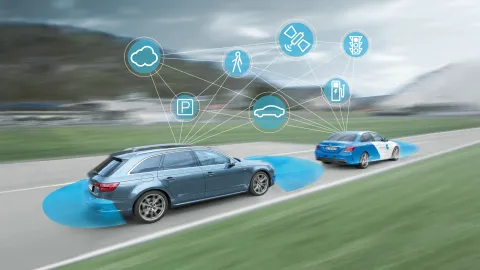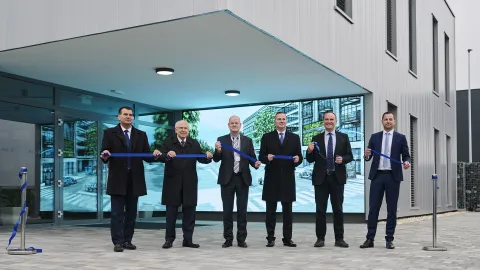In the ADAS/AD environment in particular, many critical scenarios, such as traffic blocks that appear without warning, are difficult to predict – which requires far-sighted test planning.

Maximizing Coverage
It is crucial to cover the maximum number of specific cases with the minimum number of tests. This increases the quality regarding coverage, and efficiency in terms of time and costs.
Balance Between Frontloading and Road Test
In order to support general frontloading, the anticipation of activities in the early stages of the development process, it is necessary to cleverly combine test options – such as SiL/HiL and vehicle tests. This avoids unnecessary loops, making verification and validation as efficient as possible.
Edge and Corner Cases (Critical Scenarios)
There are situations that occur outside of the normal parameters, such as cutting corners sharply while braking at the same time. These edge and corner cases must be identified and mapped in order to safeguard the ADAS/AD systems accordingly.

To reduce test cases and define relevant ones, we offer unique, efficient methods in the field of verification and validation.
Verification
This concerns whether the system requirements from the system design have been implemented correctly.
With our expert knowledge and our methods for guaranteeing full coverage and traceability of system requirements, the test catalogs are generated using proven tools and methods.
Validation
Here, we assume the end user perspective and ensure that the correct functions have been implemented.
In doing so, we challenge the system to cover as many situations as possible that it might encounter during its lifetime in the various markets.
Ontology-based approach
An ontology-based approach for generating test cases is used to derive additional links and consequences of traffic activities and behavior. These enable the environmental condition to be captured in detail.
Collecting and learning such concepts allow relevant test scenarios to be created more easily, providing you with more precise feedback on the systems tested.
Game-based approach
Using a game-based approach, environmental parameters and the behavior of road users and their interactions are changed purposefully to bring about critical driving scenarios.
The system to be tested plays against the environment, as it were. Guided by reward metrics, the system is challenged by generating abnormal behavior from road users or other unsafe situations.
In DVP we bring everything together – content, time, and location of the required tests. Then, during verification and validation, we create optimization approaches for your ADAS/AD systems.
Effectiveness
We ensure very high test coverages in the shortest possible time. Our clear focus here is on quality and safety.
Very Short Reaction Times
Standardization and our comprehensive database allow us to react quickly and create customer-specific test plans.
Standardized or User-Defined
Our standardized test catalogs factor in market-specific legislations and standards, such as the General Safety Regulation (GSR), NCAPs, or US regulations. We can extend test catalogs in line with specific customer requirements.
Effective Knowledge Modeling
Essential relationships between ODD factors (Operational Design Domain) and their characteristics are used to infer more complex connections and facts. Easy maintenance of such knowledge databases as well as the possibility of reuse make ontology a strong concept.
Test Catalogs
Our comprehensive test catalogs keep a precise record of content to be tested, including the traceability to the system requirements.
Requirements-Based Test Plans
In alignment with vehicle and system development plans, we create clear, project-specific test plans and a specific timeline.
Definition of Ideal Test Environments
We state specifically what should be tested, when, and in which test environment – with the respective advantages and limitations.
Related Topics
We are constantly working on new solutions. The following might be interesting for you:





